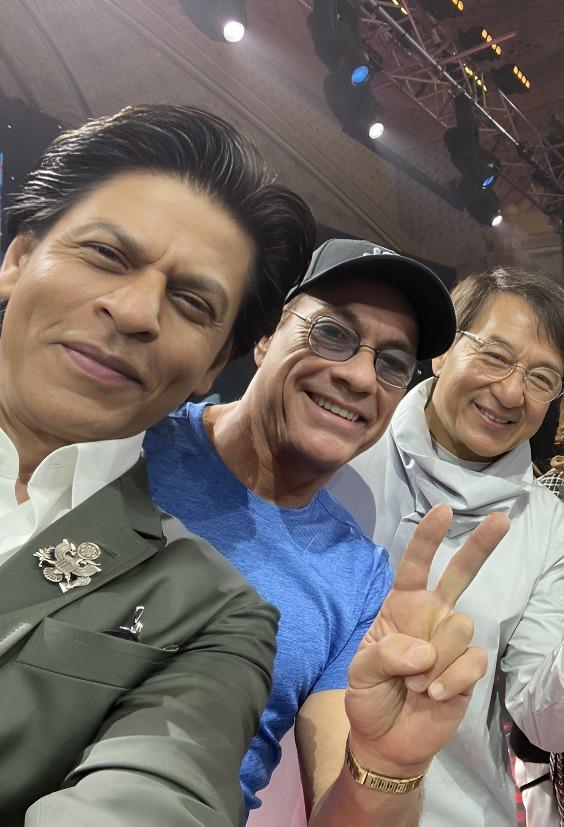Comprehensive Overview of Aviation Services: Enhancing Global Air Travel and Logistics
Aviation services represent a crucial pillar of the global transportation network, supporting both commercial and private air travel. These services encompass a wide array of activities, ranging from ground handling and aircraft maintenance to cargo logistics and flight operations. The industry plays a pivotal role in connecting people, goods, and economies across continents with unmatched speed and efficiency.
Source - https://www.marketresearchfuture.com/reports/aviation-services-market-16140
Over the decades, aviation services have evolved significantly, driven by advances in aircraft technology, increased globalization, and heightened safety and environmental regulations. From airport management to technical support, aviation services contribute to seamless air operations and are fundamental to the performance and reliability of the global aviation ecosystem.
Aviation services are the backbone of modern air travel and logistics, enabling the safe, efficient, and comfortable movement of people and goods worldwide. With advancements in technology and growing global connectivity, the sector is poised for a transformative future. As challenges persist, the focus will remain on innovation, sustainability, and seamless service delivery to ensure aviation continues to support economic and social development across the globe.
Aviation services represent a crucial pillar of the global transportation network, supporting both commercial and private air travel. These services encompass a wide array of activities, ranging from ground handling and aircraft maintenance to cargo logistics and flight operations. The industry plays a pivotal role in connecting people, goods, and economies across continents with unmatched speed and efficiency.
Source - https://www.marketresearchfuture.com/reports/aviation-services-market-16140
Over the decades, aviation services have evolved significantly, driven by advances in aircraft technology, increased globalization, and heightened safety and environmental regulations. From airport management to technical support, aviation services contribute to seamless air operations and are fundamental to the performance and reliability of the global aviation ecosystem.
Aviation services are the backbone of modern air travel and logistics, enabling the safe, efficient, and comfortable movement of people and goods worldwide. With advancements in technology and growing global connectivity, the sector is poised for a transformative future. As challenges persist, the focus will remain on innovation, sustainability, and seamless service delivery to ensure aviation continues to support economic and social development across the globe.
Comprehensive Overview of Aviation Services: Enhancing Global Air Travel and Logistics
Aviation services represent a crucial pillar of the global transportation network, supporting both commercial and private air travel. These services encompass a wide array of activities, ranging from ground handling and aircraft maintenance to cargo logistics and flight operations. The industry plays a pivotal role in connecting people, goods, and economies across continents with unmatched speed and efficiency.
Source - https://www.marketresearchfuture.com/reports/aviation-services-market-16140
Over the decades, aviation services have evolved significantly, driven by advances in aircraft technology, increased globalization, and heightened safety and environmental regulations. From airport management to technical support, aviation services contribute to seamless air operations and are fundamental to the performance and reliability of the global aviation ecosystem.
Aviation services are the backbone of modern air travel and logistics, enabling the safe, efficient, and comfortable movement of people and goods worldwide. With advancements in technology and growing global connectivity, the sector is poised for a transformative future. As challenges persist, the focus will remain on innovation, sustainability, and seamless service delivery to ensure aviation continues to support economic and social development across the globe.
0 Comments
0 Shares
3K Views
0 Reviews





